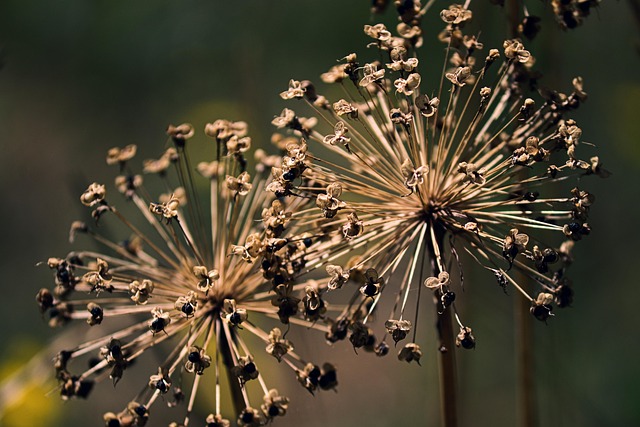Urban garden design leverages edible and ornamental plants to create functional, aesthetically pleasing outdoor spaces, fostering a connection with nature. Global initiatives, such as Berlin's successful "Urban Farming" program, showcase its benefits: year-round fresh produce, reduced environmental impact, enhanced community engagement, and local food security. By integrating herbs like basil and mint, along with strategic planting combinations, urban dwellers can enjoy both culinary benefits and visual splendor from their own spaces, revolutionizing city landscapes and empowering individuals to take control of their food sources.
In today’s bustling urban landscape, transforming concrete jungles into vibrant oases is more than just an aesthetic pursuit—it’s a holistic approach to well-being. Combining edible plants with ornamental ones redefines urban garden design, offering both functionality and beauty. This comprehensive guide explores the thriving world of urban gardening, showcasing successful strategies and proven combinations that blend delectable flavors with breathtaking visuals. Trust in nature’s bounty as we delve into advanced techniques tailored for city dwellers seeking to optimize their edible landscapes.
- Trust in Nature's Bounty: Urban Gardens Thrive
- Superior Edible-Ornamental Combinations for Your Garden
- Successful Urban Gardening: Planting for Function & Beauty
- Optimized Edible Landscaping: Advanced Techniques for City Folks
Trust in Nature's Bounty: Urban Gardens Thrive

In urban settings, where space is often limited, combining edible and ornamental plants in garden design offers a compelling solution for creating functional and aesthetically pleasing outdoor spaces. This harmonious integration not only enhances the beauty of urban gardens but also fosters a deeper connection with Nature’s bounty. By trusting in the curative and nourishing power of plants, city dwellers can transform their surroundings into vibrant oases that provide both culinary delights and visual splendor.
The success of this approach is evident in numerous urban garden design projects worldwide. For instance, vertical gardens in high-rise buildings have revolutionized green spaces by maximizing limited areas while offering residents easy access to fresh herbs and vegetables. In Berlin, the “Urban Farming” initiative has inspired countless rooftops and vacant lots to be transformed into productive gardens, significantly contributing to local food security. Such innovative urban garden designs not only demonstrate excellence but also serve as a testament to Nature’s ability to thrive in even the most unexpected settings.
Superior Edible-Ornamental Combinations for Your Garden

Incorporating edible plants into your urban garden design is not just a trend; it’s a strategic move that enhances both functionality and aesthetics. Plants like basil, mint, and chives not only add splashes of color but also provide fresh herbs for culinary creations. A well-planned combination can ensure year-round availability of fresh produce without compromising on visual appeal. For instance, growing lavender alongside tomatoes creates a beautiful contrast while repelling pests naturally; this dual purpose is a win for both gardeners and chefs.
Success stories abound in urban settings where innovative designers have transformed small spaces into vibrant oases. In one notable case, a rooftop garden in downtown Manhattan combines lettuce varieties with marigolds and rosemary. This arrangement not only supplies organic greens but also deters pests and adds a delightful aroma. Such examples prove that combining edible and ornamental plants need not be complex; it’s about understanding your space, climate, and personal preferences to create harmonious combinations that serve both practical and decorative purposes in your urban garden design.
Successful Urban Gardening: Planting for Function & Beauty

Successful urban gardening is about creating harmonious spaces that not only beautify our cities but also provide practical benefits for residents. By combining edible plants with ornamental ones in innovative urban garden designs, we can transform concrete jungles into vibrant oases. This approach offers a win-win scenario where city dwellers gain access to fresh, locally grown produce while enjoying aesthetically pleasing landscapes. For instance, consider a rooftop garden featuring strawberries interplanted with marigolds and lavender. Not only does this arrangement add color and fragrance, but the marigolds naturally deter pests, ensuring healthier plants.
Metrics from urban gardening initiatives worldwide highlight the positive impact of such practices. In Berlin, for example, community gardens have reduced food miles, contributing to lower carbon emissions. Additionally, edible landscaping in public parks has increased citizen engagement, fostering a sense of community and connection to nature. These examples demonstrate that successful urban garden design goes beyond aesthetics; it empowers individuals to take control of their food sources, promotes environmental sustainability, and strengthens the social fabric of urban communities.
Optimized Edible Landscaping: Advanced Techniques for City Folks

In the realm of urban garden design, combining edible plants with ornamental ones offers a functional and aesthetically pleasing solution for city dwellers. This innovative approach not only enhances outdoor spaces but also provides residents with access to fresh, nutritious food grown right in their communities. By integrating edible plants seamlessly into carefully curated landscapes, urban gardeners can enjoy the best of both worlds—a beautiful, lush environment and a sustainable source of healthy sustenance.
Optimized edible landscaping is a sophisticated technique that leverages advanced gardening methods tailored for urban environments. For instance, vertical farming techniques allow for year-round cultivation of crops in limited spaces, while container gardens enable residents to harness even the tiniest balconies or rooftops for productive growing areas. A successful example is the city of Berlin’s urban farming initiative, which has transformed vacant lots into vibrant edible landscapes, fostering community engagement and improving access to fresh produce. Metrics show that these urban gardens contribute significantly to local food security while beautifying neighborhoods and enhancing the overall quality of life for city folks.
Combining edible and ornamental plants in your urban garden design not only enhances aesthetics but also offers a sustainable and rewarding approach to gardening. By integrating functional elements, you create a vibrant ecosystem that supports both nature and your well-being. With the right combinations, your urban oasis can become a bountiful source of fresh produce while maintaining its visual appeal. Trust in nature’s wisdom as you cultivate a harmonious blend of beauty and practicality, ensuring a thriving and prosperous urban garden.
